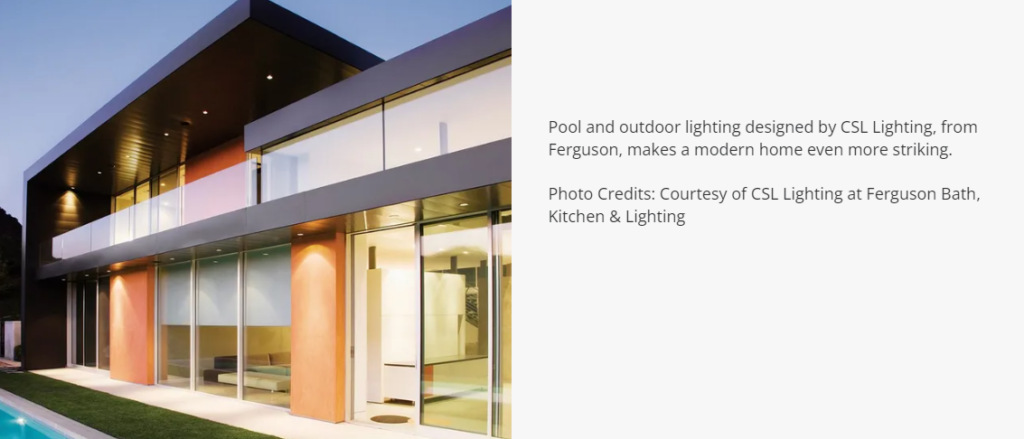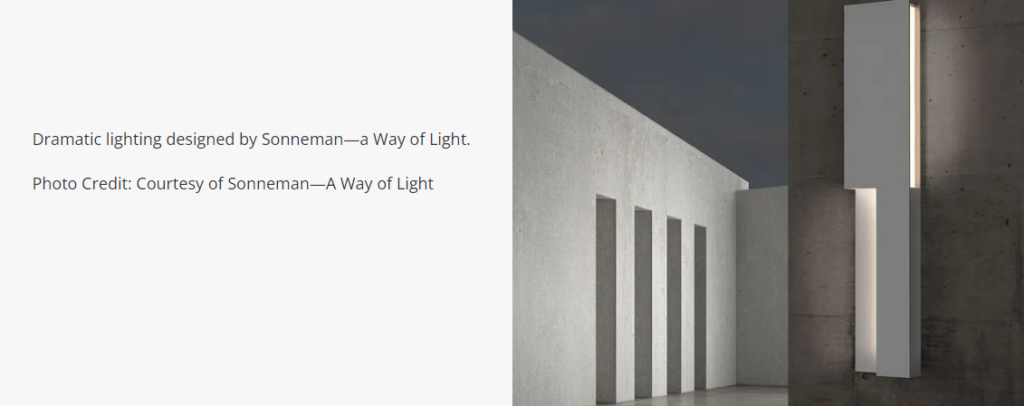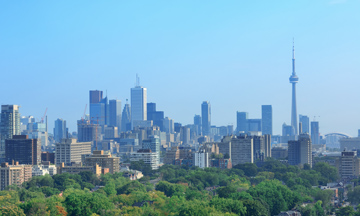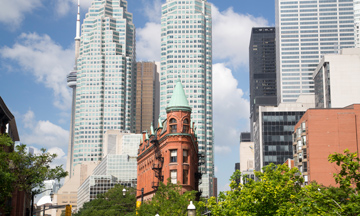SEEING THE LIGHT JUST RIGHT TAKES SOME BRIGHT IDEATION
Outdoor lighting is a little like magic. It can create drama, cast a warm glow, shed a spotlight on landscaping, or highlight an area of interest. “People overlook that outdoor lighting can add so much personality to a property while enhancing curb appeal, increasing safety, and providing those small, intentional touches that make a house a home,” says Kaitlin Dennis, category manager for lighting at Ferguson Bath, Kitchen & Lighting Gallery in Virginia.
“Adding illumination to the exterior of a structure dramatically defines architectural volume, shape, and textural interest,” says Robert Sonneman, chief creative officer and founder of Sonneman—A Way of Light, in Larchmont, N.Y. “When we set out to study an approach to exterior lighting, we consider the architectural context of the object as well as its functional performance,” he says.
Lighting elevates a home’s curb appeal, draws attention to outdoor spaces, such as a garden or reflecting pool, and adds warmth to all that it shines on.

UNDERSTANDING LIGHTING TYPES
“When thinking about different types of lighting, you should always consider the elements you are highlighting and the goal,” says Roger Higgins, principal designer of R. Higgins Interiors in Nashville. Are you looking for drama or subtlety? Are you trying to draw attention to a certain architectural or landscaping detail, or light a path through the woods? “The task is question number one. You should also always consider where you are and be conscious of the surrounding environment,” he says.
Uplighting typically uses spotlights that are angled upward to highlight specific structures. For this type of lighting, carefully select a focal point such as a tree or interesting shapes or textures, within the landscaping, to illuminate. Uplighting can also be used to accentuate the architectural elements of your home, says Paige Gray, partner and lead designer at Parker & Harlow, a design firm in British Columbia, Canada.
Downlighting, on the other hand, typically involves mounting a fixture onto a tall structure so that it lights the area beneath it. “Downlighting comes across as a bit more subtle and natural whereas uplighting can create more contrast,” Gray says. “Some of the most beautifully lit outdoor areas use a mix of both uplighting and downlighting,” she says.
“Site or flood lamps should be the go-to for large areas that need to be well-lit,” Dennis says. Mounting them high on walls or posts offers the most illumination over a backyard or patio—or consider mounting them lower to provide direct, bright light in one specific spot, she says.
And then there’s strand lighting, which can easily be installed between posts or hung from railings and rafters to create an inspired area. “Whether the backyard is a modern oasis or a country hideaway, a few rows of strand lighting can add ambience for homeowners and guests,” Dennis says. You want to “attach the lines to sturdy-gauge wiring for extra support. Doing this will prevent any sagging during inclement weather,” she says.
THINKING ABOUT PLACEMENT
Higgins considers an outdoor space in the same way he does an interior—with layers of light. “I like outdoor lights hidden in a tree, for example, so that they can add a soft glow downward. It’s also important to put light at the human level, so that you have layers.”
Sam McNally, co-founder and director at Echlin, a design and architecture studio in London, also prefers to layer lighting, such as natural, artificial, and even candle or fireside light as a final flourish. “We opt for a mix of patio lights for an upward wash, angled spotlights for highlighting trees and architectural features, and wall lights for symmetry and drama,” he says. “When considering natural light, we think about the aspect the spaces we’re designing face, where sunrises and sunsets will occur, and the long nights of winter,” he says.
The front entry is a prime place to create an inspired first impression. To achieve symmetry, balance the shape and size of the outdoor entryway light fixtures against the look of the door and the size of the front porch. Dennis suggests a single light centered over the front door, a high mounted light off to one side of the door, and two light fixtures—one on either side—to cover a larger area. Consider lanterns, wall sconces, and outdoor pendant lights or a chandelier, depending on your style.

CONSIDERING BULBS AND WATTAGE
“The most popular types of outdoor lighting are sensors and low voltage LEDs,” Dennis says. “The lowest wattage recommended for outdoor furniture lightbulbs is 80 and under.”
Today’s LED options are limitless. “They’ve been reimagined in the forms of panels that light broad areas and linear configurations that can light along the length of a landscape feature like a rock wall or a long hedge row in a continuous, luminous line,” Sonneman says. “The opportunities to paint a site with the light of color, shape, and controllability, have made exterior lighting an art form,” he says.
WEAR AND TEAR
If light is installed anywhere that’s subject to the elements, it must be rated for a wet location. “These lamps are sealed and insulated to prevent water from entering, protecting their internal and electrical components,” Dennis says. Some lighting systems are qualified as marine grade, which means they are cleared for wet locations but are also sturdy enough to withstand the excess moisture and salt exposure of coastal conditions. Lighting rated for damp locations can be used in areas that don’t get much direct snow or rainfall.
Aluminum is one of the most common materials used for outdoor lighting because it’s lightweight, easily customizable, and works well in many temperate climates, but it might have a shorter lifespan when exposed to nature’s rough-and-tumble ways, Dennis says.
She suggests stainless steel as a sturdy alternative that can stand up to the elements while adding a bright, reflective shine. Brass or copper metals build up a unique patina while resisting corrosion and rust and can outlast even the strength of stainless steel over time, Dennis says. For those homeowners in coastal areas, look for galvanized steel or bronze fixtures. “These finishes will darken and mature, adding unique character to every piece, but they will retain their strength against heavy winds and snow,” Dennis says.



